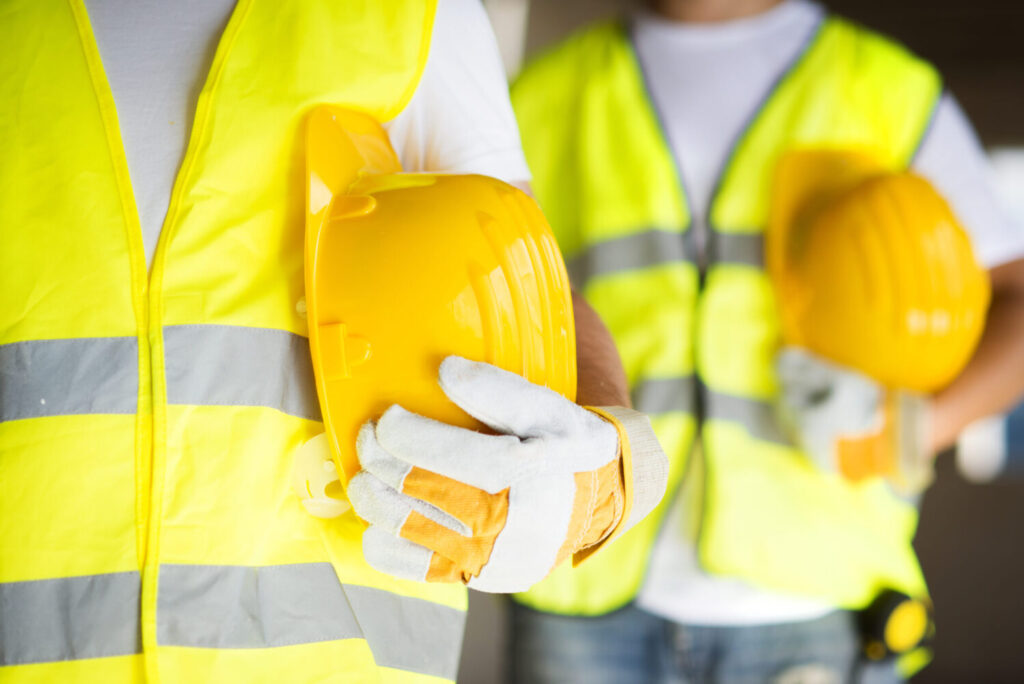Requirements for construction in remote areas

Construction workers collaborating on new house building
Construction might be one of the largest industrial sectors in the world but that doesn’t mean it’s always easy. Indeed, while there are always going to be construction jobs that take place in major towns and cities there are just as many that happen off the beaten path, so to speak. Sometimes, you’ll be working in a location that’s miles away from any main rods and might not even have direct access to power.
But even in the most remote situations, there are certain requirements that simply must be met if any positive construction work can be achieved.
The ability to get materials to and from the worksite
Being able to reach the site itself is obviously of paramount importance and without a reliable road network that can be difficult. This is especially true if the job requires heavy construction vehicles. If some instances where travel is difficult you will need to consider temporary accommodation for workers to be built on or near the site. The key is always going to be in careful planning and building the capacity for delays in materials into your plans.
Access to power or onsite generators
Access to power is something we tend to take for granted in the western world but in some of the more remote areas of the UK, it might be difficult or impossible to supply mains power to the site. In these situations, you’ll need to invest in portable generators that can be either petrol or diesel-powered. The size of the generator you’ll need will depend on the requirements of the site, of course.
A complete health and safety assessment
Health and safety should always be key requirements of a construction site and that’s true of remote sites too. Take some time to examine the unique challenges posed by the remote location and decide whether you require additional healthcare facilities to be built on-site. There are thankfully lots of modern tools that can be used to mitigate risk but the risks are going to be dependent not only on the job but the location itself. Hazardous conditions should be identified early on so every step can be made to lessen their impact.
Understanding of the local area
Knowing everything possible about the local area doesn’t just mean understanding the geography of the environment but knowing local providers and what kind of local resources are available. Before setting up the site, take time to research the area and lay out a solid plan that takes the specifics of the area into account.
Staff training
Onboarding staff is always a challenge but when working in a remote location that challenge is going to increase exponentially. Try to put together an introduction pack for all employees that includes everything they might need to know about the area and the site. This includes local travel options, accommodation and healthcare information.